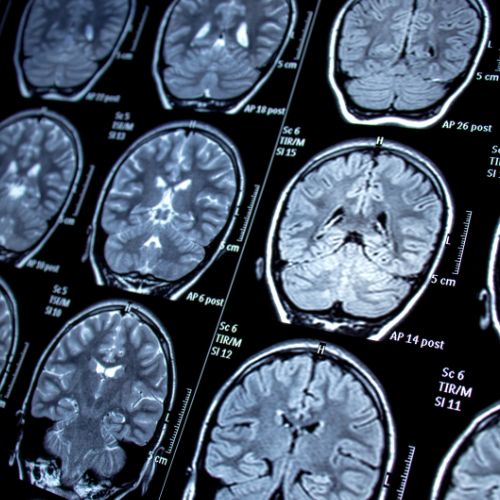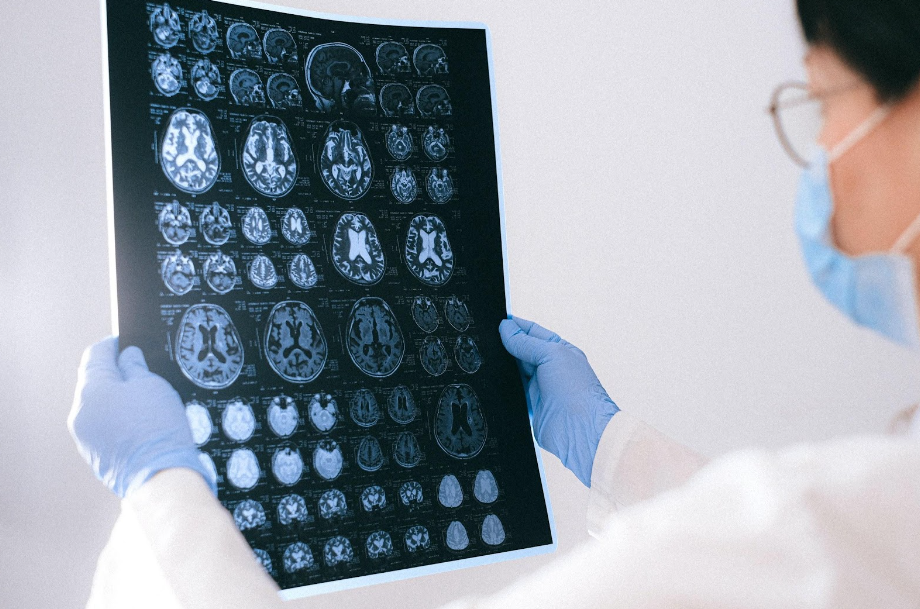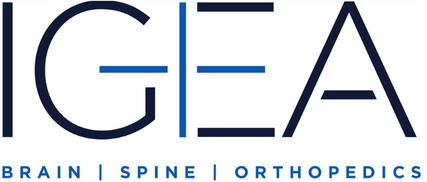Help Avoid Disc Reherniation with the Barricaid® Procedure
If you’ve ever suffered from a lumbar disc herniation, you are probably aware of the risks of recurrent herniation. Select patients face up to a 30% risk of disc reherniation. Women are at an even higher risk, as women under age 50 are ten times more likely to reherniate.
Luckily, in 2021, Dr. Adam Lipson began performing a state-of-the-art procedure called Barricaid, which is intended to prevent disc reherniation from occurring. IGEA Brain, Spine, and Orthopedics is among the first practices to offer Barricaid treatment to patients across New Jersey, New York, and Connecticut. Here, we discuss disc reherniation and how the Barricaid procedure can help patients avoid it.
HOW DISC REHERNIATION OCCURS
The leading cause of neck, back, and leg pain, herniated discs are injuries of the spine, occurring when softer disc material pushes out through a hole in the stronger outside wall. In order to treat this condition, a spine surgeon will typically recommend a straightforward procedure called a discectomy. During this procedure, the surgeon reaches the damaged disc from the back of the spine, through the muscles and bone removing a portion of the damaged disc. However, a hole is often left in the outer ring of the disc (annulus), and if left untreated, the large hole may allow for a second disc herniation to occur. This will result in the return of potentially debilitating symptoms and a greater chance of disability.
ABOUT BARRICAID
Barricaid, an FDA-approved implant, is anchored to the healthy bone with a titanium component that is secured to vertebral bone. Also included is a flexible polymer barrier designed to occlude the patient’s defect. This procedure works by closing the defect or hole in the wall of the disc to prevent additional disc material from herniating. With the ability to withstand the 330 pound-force per square inch (psi) forces in your spine – ten times the pressure of a car tire – Barricaid is designed to allow for normal spine movement following surgery.
The procedure is generally very straightforward. A surgeon will measure the annular defect, test Barricaid alignment, and then carefully anchor and confirm the implant’s positioning under fluoroscopy.
EFFECTIVENESS OF PROCEDURE
As of 2021, this procedure has been proven 95% effective. This means that in a >500 patient study, 95% of patients were not reoperated for reherniation at the 2-year study endpoint. Before it became FDA-approved, the Barricaid procedure was used on thousands of patients over a ten-year period. Throughout multiple studies, the Barricaid has consistently achieved excellent results and superior outcomes when compared to discectomy alone – in fact, a weighted average over 7 studies showed an 81% reduction in patients needing a reoperation to treat reherniation. Even though this procedure can significantly reduce the risk of disc reherniation and the need for repeat surgery, the risk is not reduced to zero.
SCHEDULE A CONSULTATION TODAY
Patients are particularly vulnerable to reherniation within six weeks after a microdiscectomy, but a recurrent herniation can also occur decades later. Dr. Lipson is among an elite group of surgeons who have been trained to perform this new technique. If you or a loved one has suffered from a herniated disc and would like more information on the Barricaid procedure or to schedule a consultation, contact IGEA Brain, Spine & Orthopedics in the Tri-State Area of NJ, NY, and CT.







